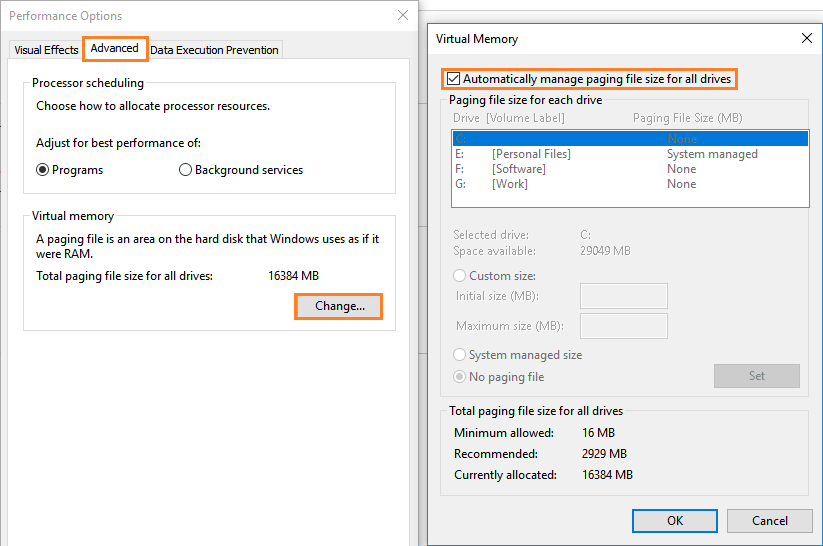

Start your computer in Safe Mode with Networking. Solution 1: Check your computer for Malware. Solution 5: Install another antivirus program on your computer. Re-Schedule MSE scanning time – Disable Microsoft Security Client. Solution 3: Exclude "MsMpEng.exe" file from scanning. Solution 2: Uninstall & Re-install Microsoft Security Essentials. Solution 1: Check and Clean your computer from Malware. if you have Windows XP then you must uninstall Microsoft Security Essentials because is no longer supported in Windows XP. Before continuing to resolve the "MsMpEng.exe" high CPU usage problem, first make sure that you haven't installed another antivirus program on your computer.Ģ. If you want to resolve the MsMpEng.exe high CPU usage problem, then try the following solutions: How to fix MsMpEng.exe high CPU usage problem.ġ. For example, in the past I have solved the “MsMpEng.exe” high CPU usage problem just by cleaning an infected computer from a nasty virus, or by uninstalling and reinstalling MSE again or by removing an incompatible with MSE security program, etc.

But some times, on different computers, I have discovered that Microsoft Security Essentials (MSE) Antimalware service “MsMpEng.exe” causes high CPU usage with no obvious reason.Īfter resolving many times this problem, I discovered that the “MsMpEng.exe” high CPU usage problem may happen for various reasons so there is not only one solution to solve it. Thanks to PRTG, the entire staff can work with peace of mind.In my opinion, Microsoft Security Essentials is a well working free Antivirus solution for individuals and small business. Administrators are alerted as soon as the memory level falls below this value, and can free up disk space by deleting data which is no longer necessary or scaling existing space by way of capacity expansions. Simply set the desired threshold value for alerts and turn your attention to other tasks.

This is the only way to ensure the smooth functioning of business processes. Administrators can therefore take appropriate measures to avoid problems related to a lack of hard disk space. PRTG monitoring runs attentively in the background, regulates available hard disk space, and provides prompt alerts in the event of an impending deficiency. In order to avoid data losses, there must always be sufficient disk space. Disk space must be available for automatic updates, the saving of user data, and the input of data into CRM or ERP software forms: every network contains a number of processes which write data onto the hard disk. There’s nothing more frustrating than when a text you’ve been working on for hours suddenly disappears, or when an installation you’ve been waiting patiently to complete is abruptly aborted.


 0 kommentar(er)
0 kommentar(er)
